Showing all 6 results
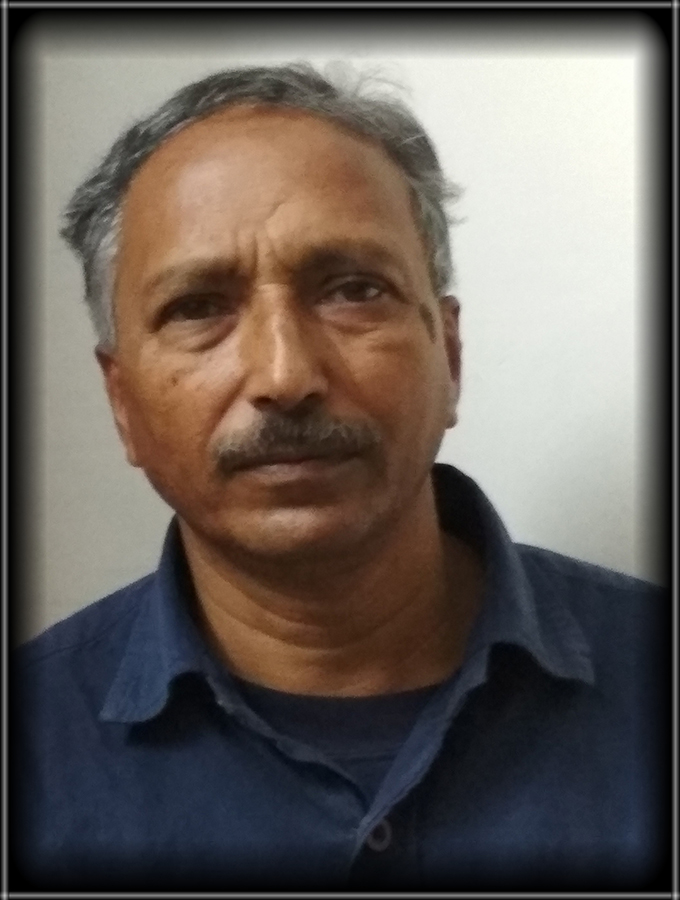
Born
Education
He completed his post diploma and diploma in Fine Arts.specialization in graphic art, printmaking medium from Kala Bhavan, Santiniketan.Visva Bharati university.
Exhibition
He is a highly qualified printmaker, who is one of those rare artists who have studied printmaking and have kept up the practice in their professional career as well. He had professional training via a Fulbright scholarship in non-toxic printmaking at Manhattan Graphic center, New York, USA; advanced research in printmaking to learn photolitho, photo etching, water based silkscreen including six months training at Camberwell College of arts and crafts London, on a Charles Wallace India trust award, U.K He also received the Senior fellowship in visual art (printmaking), from Ministry of HRD, Govt. of India; National Akademi award, from Lalit kala Akademi, New Delhi; AIFACS award, N. Delhi; Junior research fellowship from ministry of HRD, Govt of India in printmaking; Lalit kala Akademi research grant for advanced training in lithography, etching at Garhi studio, New Delhi; Sahitya Kala parishad award, New Delhi; All India award from Birla academy of art and culture, Kolkata; National cultural scholarship from Govt.of India to do research in printmaking medium; Bendre Hussain scholarship award from Bombay art society, Mumbai.
Nationally and internationally he participated in many prestigious print exhibitions and biennales and triennales in Bharat Bhavan, Bhopal, Maastricht, Ljubliana, Yugoslavia, Biennale of engraving, Caixa Ourence, Spain, Print triennale, in Kanagawa, Japan, and many more such important shows, and has made a place for himself firmly in the international world of printmaking.
Sushanta’s work is humanistic and realistic without being naturalistic. In many ways he belongs to the era of Modern Art of india; but his themes have kept up with the growing global concerns of over-running of all empty, ecologically important spaces with humongous quantities of ever growing indiscriminate architectural constructions, not to be left behind in the race by the parallel growth of the virtual world where human contact and relationships are breaking down.
Sushant’s early style was more akin to the quasi realism of Modernism of India. He deals with with a very difficult and physically taxing medium, especially when one has to grind one’s own lithographic stones. But that hasn’t deterred him from taking on ambitious works involving image making with 3-4 or more stones, to compose ambitiously huge images. His imagery has evolved over the years to attain a very personal style which is somewhat ornate, without being very intricately defined; hence there is a raw organic flow in the curves of his near grotesque figures, that are strangely beautiful and iconic, sometimes surrounded by all kinds of densely packed enigmatical structures, that are sometimes faintly recognizable, sometimes not, merely dissolving into patterns and dark spaces. They are titled enigmatically too as “Piranha Lake”, “Downloaded from Life”, and such like. Stylistically, his maturity has reached a level where he is not afraid to completely veer away in style and form from what he has done in his last work; “Download from life” is one such
example. The colour palette has lightened into light cobalts and sap greens, so very lighter and warmer from his usual more sombre palette of blacks and browns.
Sushanta Guha has become one of the most important printmakers of India today.
-
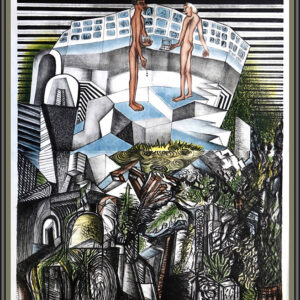
Download From Life
Enquire Now For Price- Artist: Sushanta Guha
- Size: 3'X2'1"
-
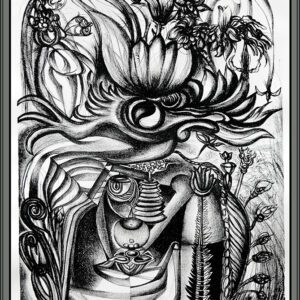
Harmony in Nature
Enquire Now For Price- Artist: Sushanta Guha
- Size: 58X41Cm
-
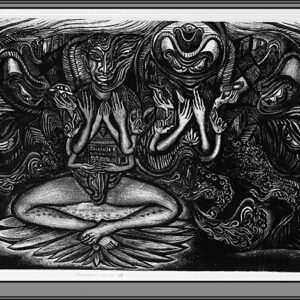
His Magical World -VIII
Enquire Now For Price- Artist: Sushanta Guha
- Size: 51X102 Cm
-
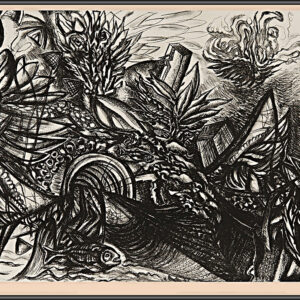
Piranha Lake
Enquire Now For Price- Artist: Sushanta Guha
- Size: 10.37X48 Cm
-
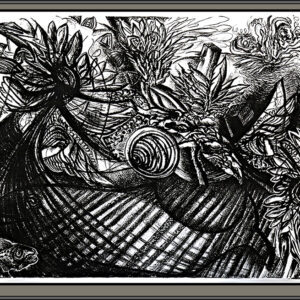
Piranha out of The Net
Enquire Now For Price- Artist: Sushanta Guha
- Size: 50X67 Cm
-
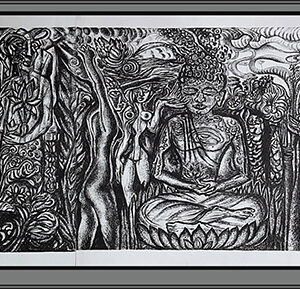
Surrealist to Realist
Enquire Now For Price- Artist: Sushanta Guha
- Size: 45X182 Cm
